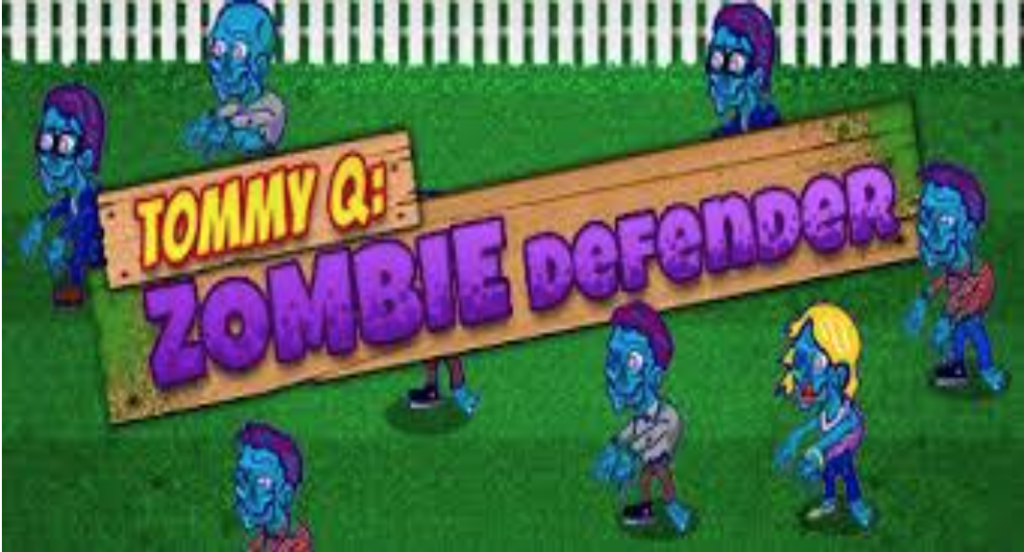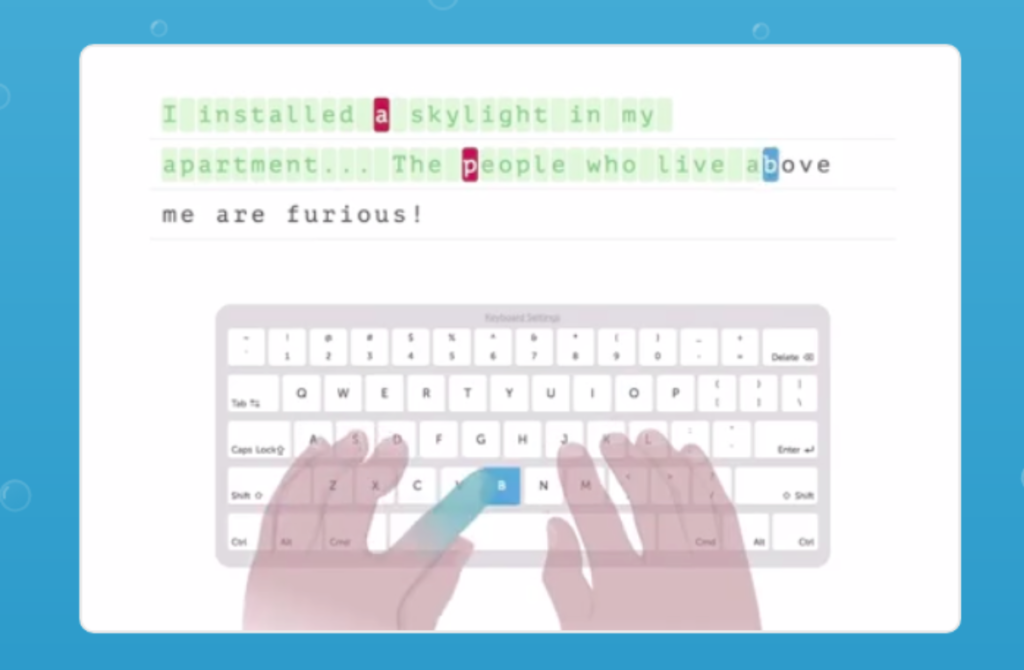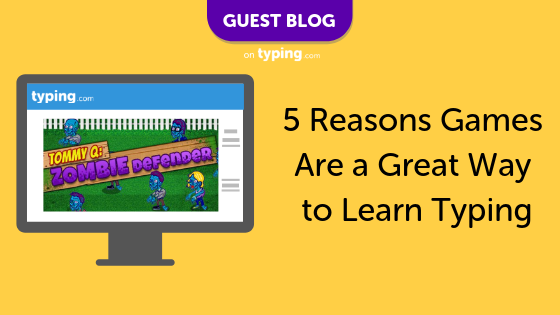5 Reasons Games Are a Great Way to Learn Typing
Typing on a keyboard is one of the most essential skills for students and professionals in today’s world. Not only that, but technology is also at the heart of our personal connections―we often talk to our loved ones through text messages.
Parents and teachers understand that teaching kids typing skills is a must, but standard typing lessons can fail to engage modern learners. In this technologically advanced world, kids benefit from programs that are both interactive and entertaining, and this concept applies to typing as much as any other subject.
This is where gamification comes into play. You gamify the task you want to teach and it becomes easier to engage students. Learning becomes fun!
Most parents of current students didn’t have gamification as part of their school experience a couple of decades ago, so they may be skeptical. Can games really be effective for learning, or are they a distraction? Once a parent sees how engaged their child is with the learning process―how self-motivated the child becomes to improve his or her skills more and more―the parent is convinced, as well. Nothing is more engaging and engrossing than a game.
Taking a deeper look, here are five key reasons game are a great way to learn typing and keyboarding.
1. Games are engaging
There’s no denying the fact that games are highly engaging. Most games are designed in such a way that grabs the player’s attention and keeps them engaged for hours or even days. Moreover, they teach persistence and perseverance, two incredibly important skills for students’ long-term success in and beyond school.
This study about the benefits of playing games explains, in part, “Game designers are wizards of engagement. They have mastered the art of [getting people to] …persevere in the face of multiple failures, and celebrate the rare moments of triumph after successfully completing challenging tasks.”

(Play Tommy Q: Zombie Defender)
The study shows academic backing for the belief that games aren’t just a distraction and certainly not a counterproductive activity. Gaming promotes cognitive development.
2. Chasing the reward
In games, every action works toward a reward. In fact, you can even earn a reward for trying. It’s a valuable lesson for students that effort is worth noticing, acknowledging, and rewarding. You don’t always succeed the first (or second or third) time, but each attempt gets you one step closer to attaining a new level. It’s a growth mindset in action.
Games don’t punish students for failing. Instead, they reward failure. Even if you pass only a few levels at first, the game will congratulate you and push you to try even harder next time. With skills that aren’t inherently fun to learn, but are highly important, bringing elements of games into the teaching and learning process is a powerful tactic. You take something that can seem bland or routine and make it a compelling challenge.
In this paper, researchers Hao Wang and Chuen-Tsai Sun analyze the reward systems available within video games and how these systems are relevant outside the games as well. As human beings, we love rewards. We don’t want our failures to discourage us. Instead, we prefer that every little bit of our effort is acknowledged and rewarded―this is what games are designed to do.
3. Games are fun
Video games are designed to be fun and interactive. Even games that try to teach different skills are designed in such a way that the player never grows bored of the gameplay.
When we, as adults, think of how we learned to type, this was likely missing. Traditional programs were clinical, rote, and lacking in fun. They weren’t the most motivating activities and certainly didn’t get us “hooked” and eager to do ore.

(Play Keyboard Jump)
Comparing a traditional lesson to a gaming lesson is a night and day difference. Learning should never feel like a chore or something that’s “prescribed.” It should be natural and fun. With typing, your effort should be leading to an interesting outcome; not just paragraph after paragraph that don’t add up to much, but an opportunity to win!
4. Hand-eye coordination
Most online and offline games promote hand-eye coordination, requiring a focus on the screen instead of looking at the keys. Knowing where the useful buttons are situated becomes part of your muscle memory once you get plenty of practice playing your favorite typing game.

Keyboarding speed and accuracy also require you to keep your eyes on the screen while your fingers automatically find the desired letters. You don’t have to look or peek at the keyboard to type. Playing games on a regular basis promotes this skill and allows players to develop meticulous hand-eye coordination.
Most typing games encourage the players to keep their eyes on the screen while typing out the shown text. They promote correct finger positions in order to type efficiently and effectively.
5. Motivation without risk
Students want motivation in order to learn something new. Games are designed to turn learning into a challenge. Students are exposed to new concepts through the game and they are motivated to develop and improve their skills.
The ultimate fear of failure is minimized because there are zero risks during the learning process. It’s expected that you won’t be perfect on the first attempt and instead will keep improving. This mindset is beneficial in all learning.
Games encourage players to learn from their mistakes and fix them accordingly. According to a survey done by techiespad.com, games encourage a permanent mentality of development and improvement which keeps the students motivated throughout the entire learning process.
In conclusion
The evidence adds up: playing games is a great way to learn. Games are a critical teaching tool that should be considered a must-have in every classroom of the modern world, and typing and keyboarding are great examples of skills that can heavily benefit from the process of gamification.
About the Author:
Sam Wilson is a tech enthusiast and blogger. He writes about technology, apps, WordPress and a variety of related topics. Sam is also an avid golfer and reader.

